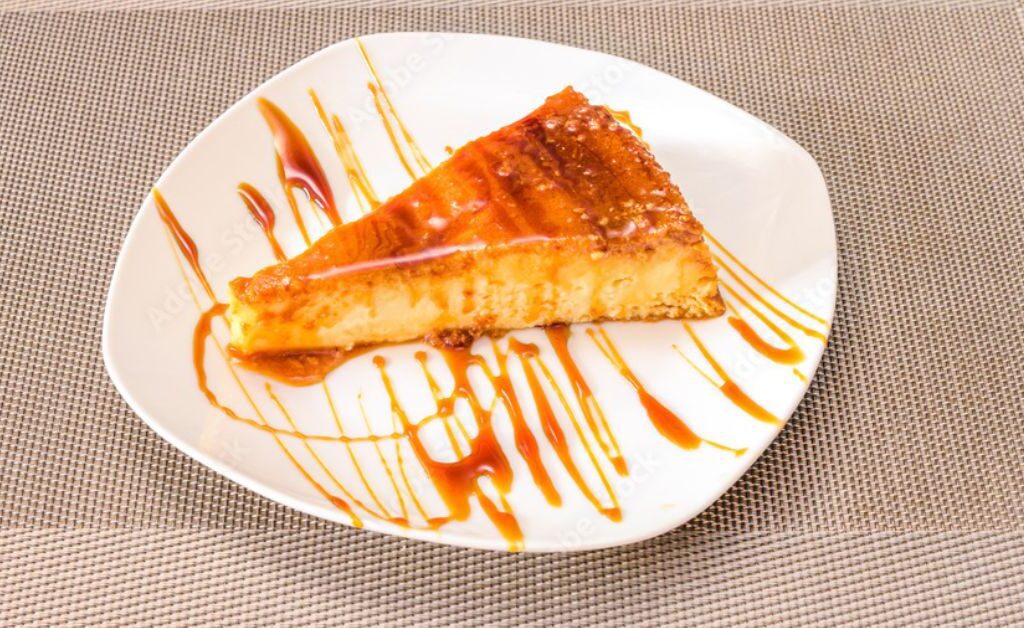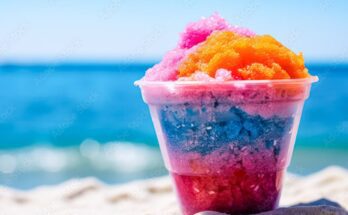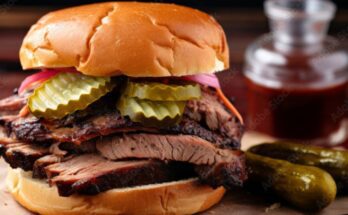“Quesillo” can be a Venezuelan caramel flan, a stringy Mexican Oaxaca cheese, or a Nicaraguan soft cheese snack with pickled onions and sour cream.
Quesillo

Ingredients
Venezuelan Quesillo (Dessert):
Eggs
Condensed milk
Whole milk
Sugar (for caramel)
Vanilla extract
Mexican Quesillo (Oaxaca Cheese):
Cow’s milk
Rennet
Salt
Nicaraguan Quesillo (Street Food):
Soft white cheese (such as fresh cheese or queso fresco)
Pickled onions
Sour cream (or crema)
Corn tortillas
Salt
Each variation of quesillo highlights different ingredients and culinary traditions from its region.
Directions of “quesillo “
Here are the directions for making the three different types of quesillo:
Venezuelan Quesillo (Dessert):
Ingredients:
Five eggs
One can (14 oz) sweetened condensed milk
2 cups whole milk
1 cup sugar (for caramel)
One teaspoon of vanilla extract
Directions:
Prepare the Caramel:
In a saucepan over medium heat, melt the sugar until it becomes golden caramel. Carefully pour the caramel into a flan mould or a round baking dish, tilting to coat the bottom and sides. Set aside to cool and harden.
Prepare the Custard:
Combine the eggs, sweetened condensed milk, whole milk, and vanilla extract in a blender. Blend until smooth.
Assemble and Bake:
Pour the custard mixture into the caramel-coated mould. Cover the mould with aluminium foil.
Place the mould in a larger baking dish and add hot water to the larger dish to create a water bath, reaching about halfway up the sides of the mould.
Bake in a preheated oven at 350°F (175°C) for about 1 hour or until the custard is set and a knife inserted in the centre comes clean.
Cool and Serve:
After taking out the mould from the water bath, let it to reach room temperature.Refrigerate for at least 4 hours, preferably overnight.
To serve, run a knife around the edges of the mould and invert the quesadilla onto a serving plate.
Mexican Quesillo (Oaxaca Cheese):
Ingredients:
1-gallon cow’s milk
1/4 tablet or 1/4 teaspoon of liquid rennet
1/4 cup water (if using rennet tablet)
Two teaspoons salt
Directions:
Prepare the Milk:
Heat the milk in a large pot to 90°F (32°C). If using a rennet tablet, dissolve it in the water.
Curdling:
Add the dissolved rennet (or liquid rennet) to the warm milk, stirring gently. Let the mixture sit undisturbed for about an hour until it forms a solid curd.
Cut and Cook the Curd:
Cut the curd into 1/2-inch cubes. Give the curds five minutes to rest..
Slowly heat the curds to 105°F (40°C), stirring gently to prevent clumping, and maintain this temperature for about 30 minutes.
Drain the Curds:
Pour off the whey and transfer the curds to a colander lined with cheesecloth. Sprinkle with salt and mix gently.
Stretch the Cheese:
Heat a pot of water to 180°F (82°C). Cut the curds into strips and dip them in the hot water to soften.
Stretch and knead the curds like taffy until smooth and elastic, then form into a ball or braid.
Cool and Store:
Place the cheese in a bowl of cold water to set its shape.Keep chilled until you’re ready to utilise it.
Nicaraguan Quesillo (Street Food):
Ingredients:
Fresh soft white cheese (queso fresco)
Pickled onions
Sour cream or crema
Corn tortillas
Salt
Directions:
Prepare the Pickled Onions:
Thinly slice the onions and marinate them in vinegar with a pinch of salt for at least 30 minutes.
Assemble the Quesillo:
Warm the corn tortillas on a grill or in a skillet until pliable.
Place a slice of soft white cheese in the centre of each tortilla.
Add a spoonful of pickled onions on top of the cheese.
Drizzle with sour cream or crema.
Serve:
Fold the tortilla in half or roll it up to enclose the filling. Serve immediately as a snack or light meal.
These directions will guide you in making each type of quesadilla, showcasing the unique culinary traditions of Venezuela, Mexico, and Nicaragua.
Nutrition Facts (per serving)
Nutrition Facts for Venezuelan Quesillo (Dessert):
Serving Size: 1 slice (1/8 of the total recipe)
Calories: 250
Total Fat: 10g
Saturated Fat: 5g
Cholesterol: 130mg
Sodium: 100mg
Total Carbohydrates: 34g
Dietary Fiber: 0g
Sugars: 33g
Protein: 7g
Nutrition Facts for Mexican Quesillo (Oaxaca Cheese):
Serving Size: 1 ounce (28g)
Calories: 85
Total Fat: 6g
Saturated Fat: 4g
Cholesterol: 20mg
Sodium: 180mg
Total Carbohydrates: 1g
Dietary Fiber: 0g
Sugars: 0g
Protein: 6g
Nutrition Facts for Nicaraguan Quesillo (Street Food):
Serving Size: 1 quesadilla (1 tortilla with cheese, onions, and crema)
Calories: 200
Total Fat: 12g
Saturated Fat: 7g
Cholesterol: 35mg
Sodium: 250mg
Total Carbohydrates: 14g
Dietary Fiber: 2g
Sugars: 2g
Protein: 8g
1. What is Quesillo?
Quesillo is a traditional Latin American dessert similar to Flan, made primarily from caramel, condensed milk, and eggs. It is known for its creamy texture and rich flavour.
2. How is Quesillo different from Flan?
While both Quesillo and Flan are custard desserts, Quesillo typically has a denser, creamier texture due to sweetened condensed milk. It also often includes a hint of citrus zest.
3. What ingredients are needed to make Quesillo?
The essential ingredients for Quesillo include eggs, sweetened condensed milk, whole milk, sugar, and sometimes a bit of vanilla extract and citrus zest.
4. How do you make Quesillo?
To make Quesillo, caramelize the sugar in a mould, blend eggs with sweetened condensed milk, whole milk, and flavourings, pour the mixture over the caramel, and bake in a water bath until set.
5. How should Quesillo be stored?
Quesillo should be stored in the refrigerator. It can last up to a week when adequately covered to prevent it from absorbing other flavours.
6. Can Quesillo be made ahead of time?
Yes, Quesillo can be made a day or two in advance. It often tastes better after resting for a day in the refrigerator, allowing the flavours to meld.
7. What is the origin of Quesillo?
Quesillo has its roots in Latin American cuisine, with variations found in countries like Venezuela, Nicaragua, and Mexico. Every location has a distinct variation on the recipe.
8. Is Quesillo gluten-free?
Yes, traditional Quesillo recipes are gluten-free as they do not contain any wheat-based ingredients.
9. Can Quesillo be frozen?
While Quesillo can technically be frozen, it may affect the texture.It is excellent when consumed cold or fresh.
10. What are some common variations of Quesillo?
Common variations include adding coconut milk, coffee, or citrus zests to the custard mix for unique flavours.




